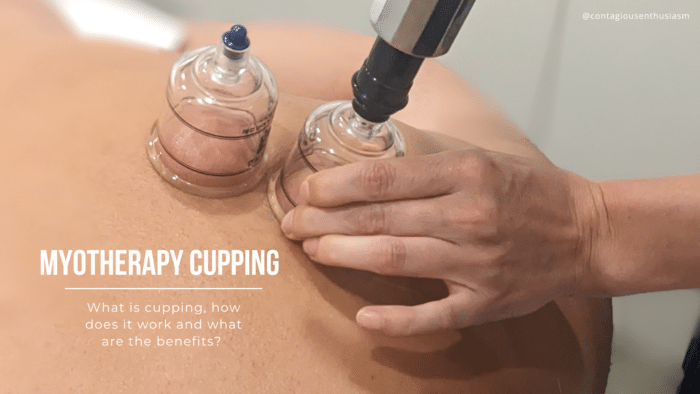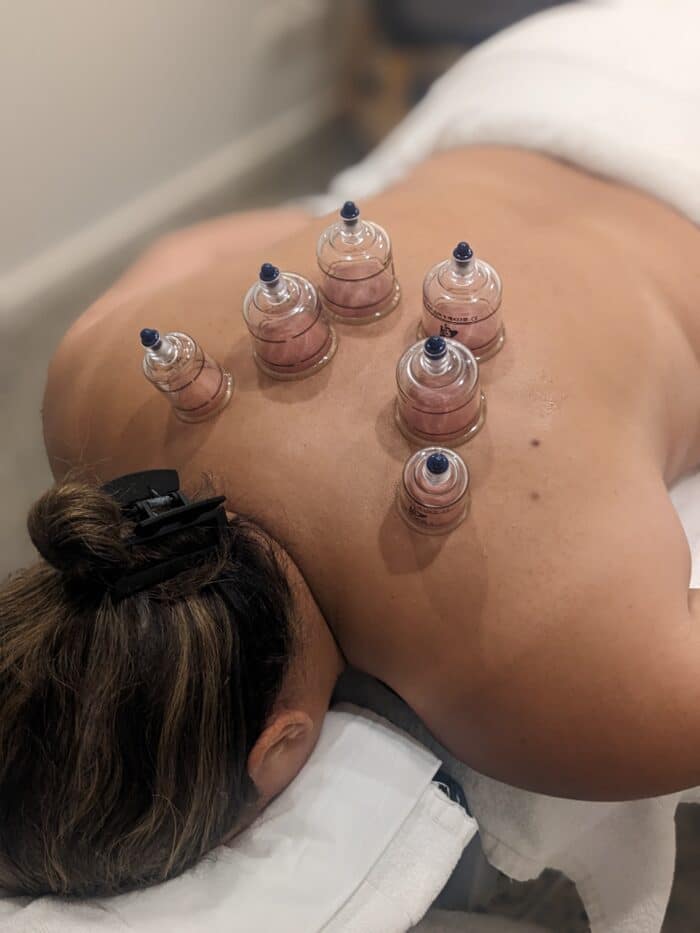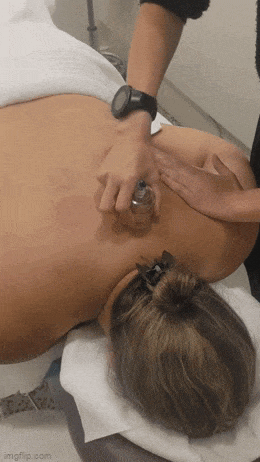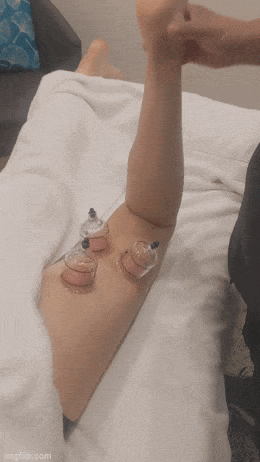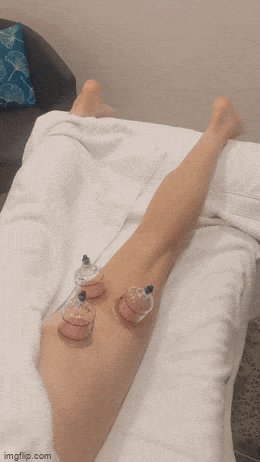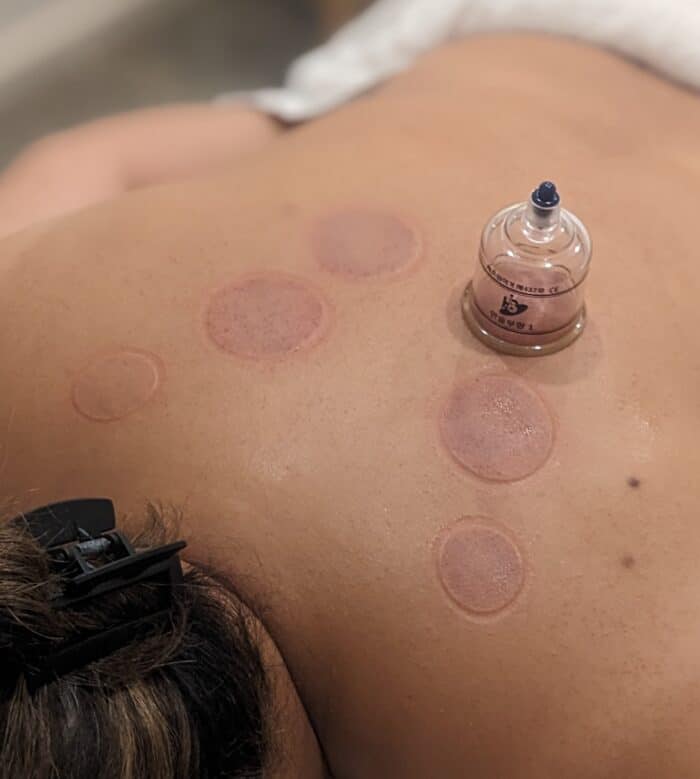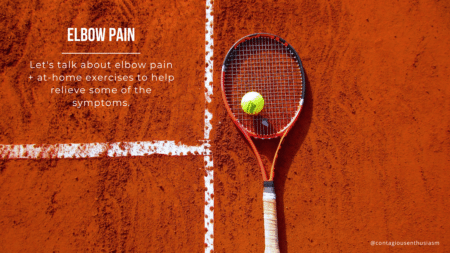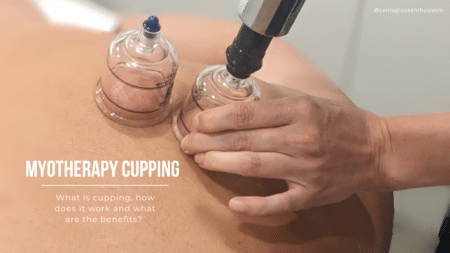Elbow pain
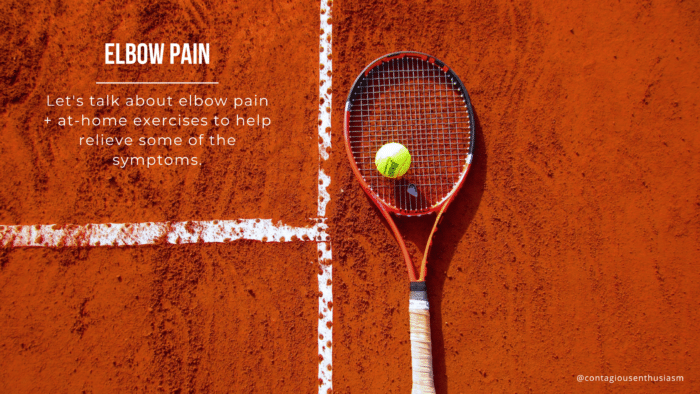
Have you had pain on the inside or outside of your elbow? Have you been told it’s the classic “tennis elbow” or “golfer’s elbow”? Lateral and Medial epicondylitis is often referred to as tennis and golfer’s elbows respectively but let’s delve a little deeper and have a look at both conditions and how they come about.
Getting to know the elbow joint.
The elbow is made up of three bones; the humerus, radius and ulna but it isn’t as simple as it seems. The joint itself is actually made up of three different joints.
There’s the humero-ulna joint which is the hinge joint. This allows us to flex and extend our arm.
The humero-radial joint which is a combination of a hinge and pivot joint. This allows for flexion and extension of our forearm but also allows us to turn our hand over.
And finally, there’s the radio-ulna joint which is a pivot and is vital in our ability to turn our hand over (supination and pronation).
Did you know?
There are 16 muscles in total that cross over the elbow joint. 4 muscles attach onto the lateral epicondyle and 4 onto the medial epicondyle. These are the muscles that generally cause epicondylitis.
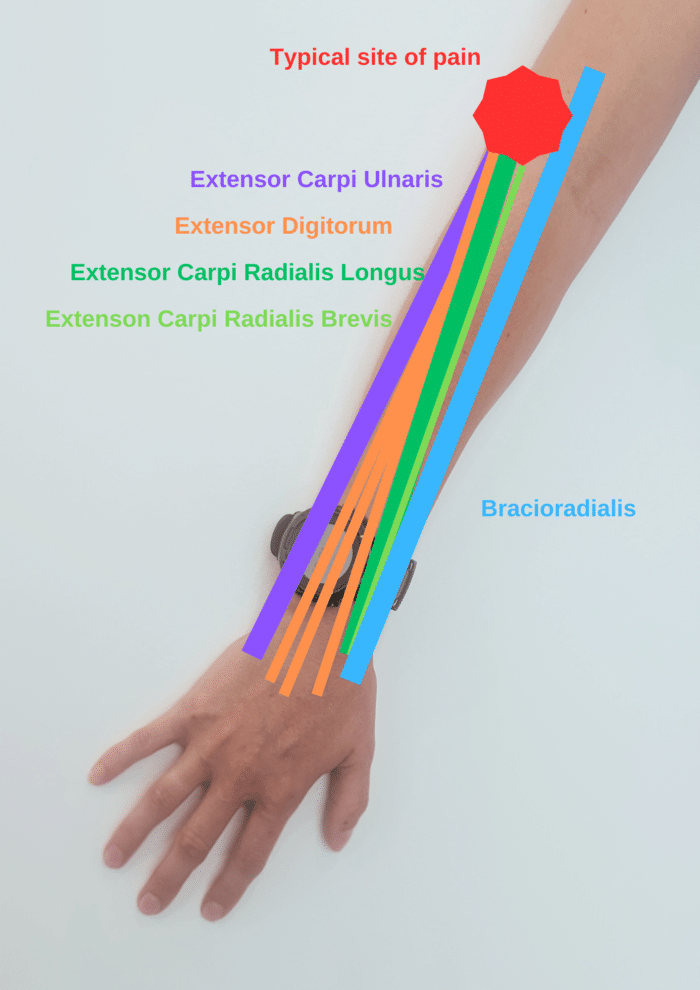
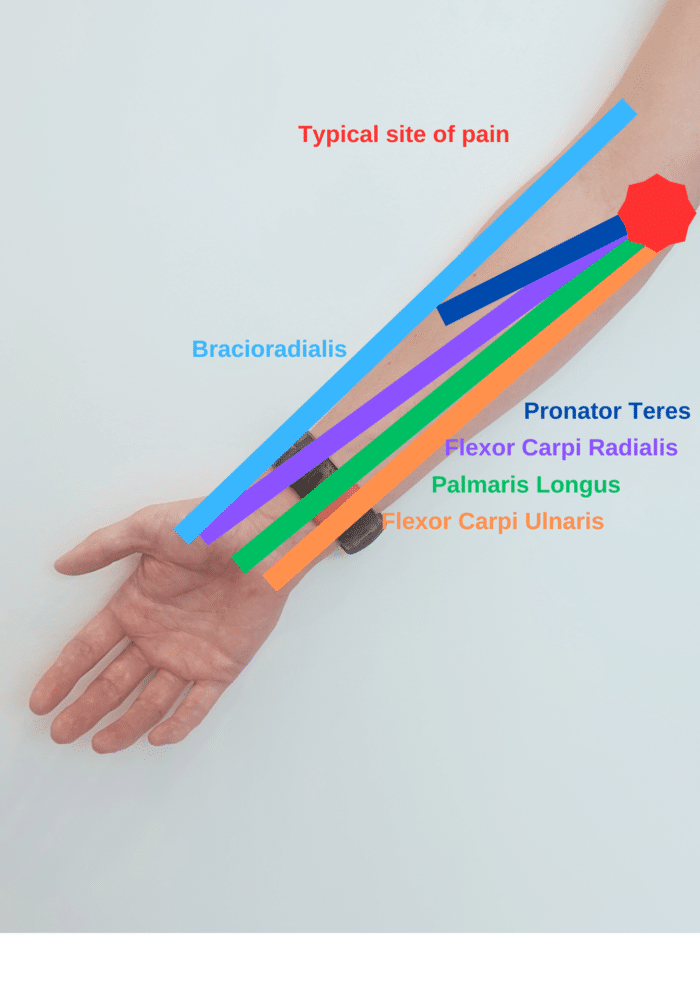
How does pain typically present?
Typically, the pain is at or near the attachment site of these muscles. Lateral epicondylitis is also known as “Tennis elbow”. It affects the extensor muscle of the forearm and the outside of the joint. Medial epicondylitis is known as “Golfers elbow”. It affects the flexor muscles of the forearm and the inside of the joint. Often these conditions can happen even without doing these sports!
Pain can also radiate down the arm along the line of the muscles to the wrist. There may also be weakness in grip strength and difficulty holding objects.
Both conditions are likely to be caused by repetitive use/overuse such as computer use, incorrect loading of the muscles such as heavy lifting. Overuse or incorrect loading causes the muscles to get tight. The tight muscles then pull on their attachment sites. With the muscle bellies being high up in the forearm they tend to pull at the tendon on the elbow.
Did you know?
There is a muscle in the forearm that not everybody has! 14% of the population doesn’t have the Palmaris Longus muscle. You can also have it on one forearm but not the other! You can check whether or not you have it by touching your little finger and thumb together and slightly flexing your wrist. If you do have a Palmaris Longus the tendon will pop up in the middle of your wrist.
Treatment:
- Rest and activity modification i.e. limiting the use of the affected area.
- Reduce load through the area i.e. lower the weight you’re carrying or trying to lift.
- An elbow brace/strap can help take the pressure and pull off the muscle attachment site.
- In severe cases a steroid or cortisone injection may be an option.
Once your pain is manageable and you are able to comfortably move your wrist and elbow without too much pain you can begin to include a few gentle stretches. Once these are comfortable you can add in some light strengthening exercises.
At home exercises to help with elbow pain:
Stretching for elbow pain
To help with pain on the outside of your elbow:
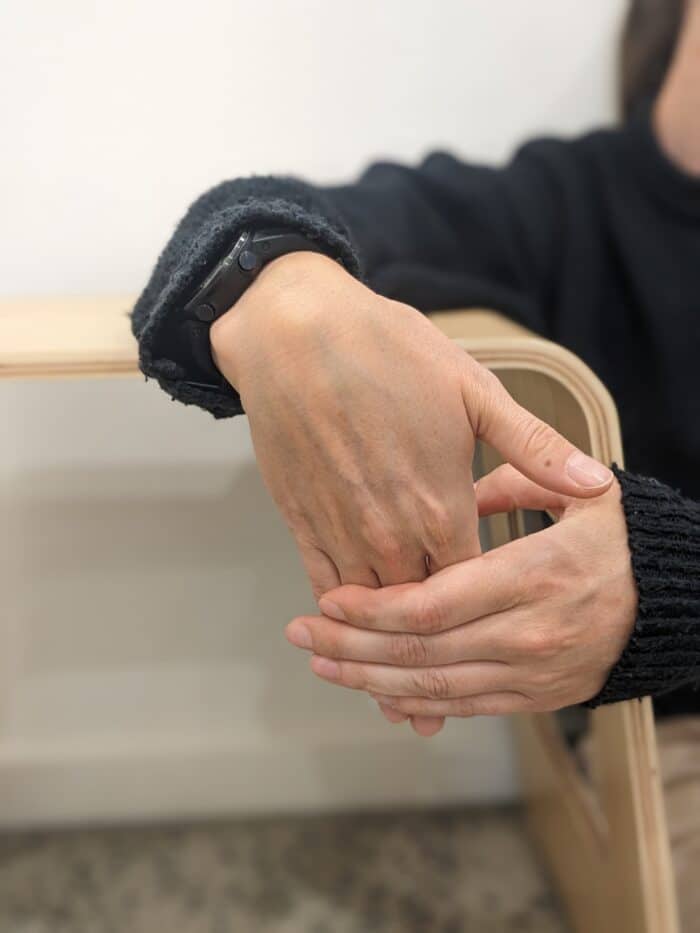
- Arm out straight.
- Palm facing the floor.
- Bend wrist down.
- Add in over pressure.
And for pain on the inside of your elbow:
- Arm out straight.
- Palm facing up.
- Bend wrist down.
- Add in over pressure.
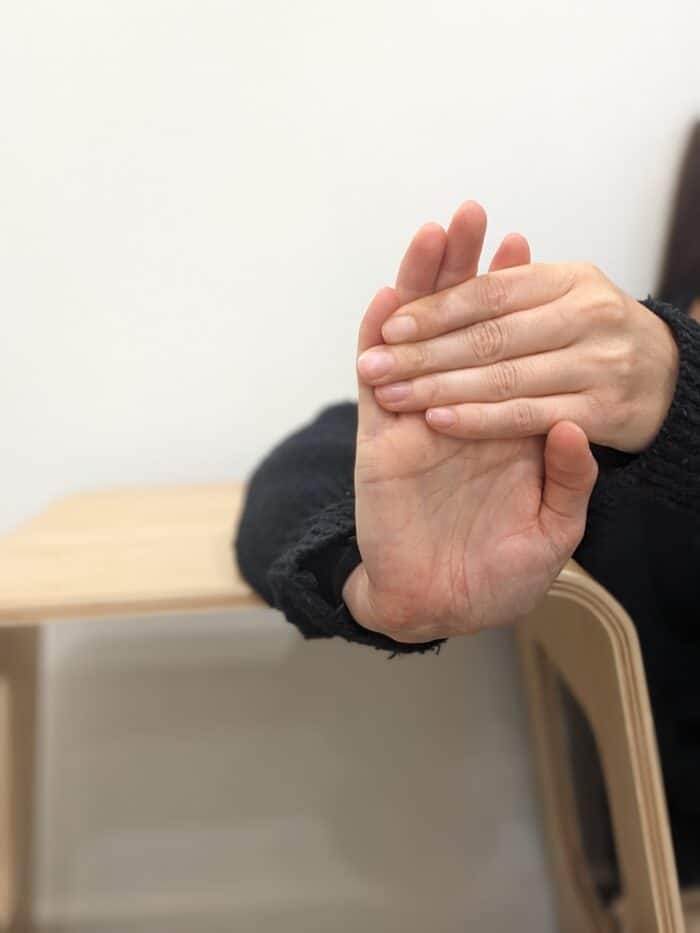
Strengthening for elbow pain
Tendons repair well under load. Managing this load appropriately is best done under the care of a professional however there are a few basic strengthening exercises. They should not cause you pain so if they do, stop. Begin with moving slowly through the movement, as your pain decreases and strength increases you can move more quickly or add more weight.
Try this for general strengthening through the area:
- Place an elastic band around outside of the fingers and thumb.
- Spread your fingers and thumb out against the resistance of the band.
This one is great for pain on the outside of your elbow:
- Elbow bent and forearm resting on a surface so your hand is off the edge.
- Place chosen weight in hand.
- Palm facing down.
- Raise the weight so that the wrist bends up.
- Keep your forearm in contact with the surface.
If you struggle with the above exercise this one is also good for pain on the outside of your elbow:
- Elbow bent and forearm resting on a surface so your hand is off the edge.
- Place chosen weight in hand.
- Thumb facing toward the ceiling.
- Raise the weight so that the wrist bends up.
- Keep your forearm in contact with the surface.
And this one works well pain on the inside of your elbow:.
- Elbow bent and forearm resting on a surface so your hand is off the edge.
- Place chosen weight in hand.
- Palm facing down.
- Raise the weight so that the wrist bends up.
- Keep your forearm in contact with the surface.
Come in and see one of our brilliant Myotherapists and they will endeavour to help your elbow pain.
Click here to book an appointment.
Post written by Laura York (Myotherapist)
